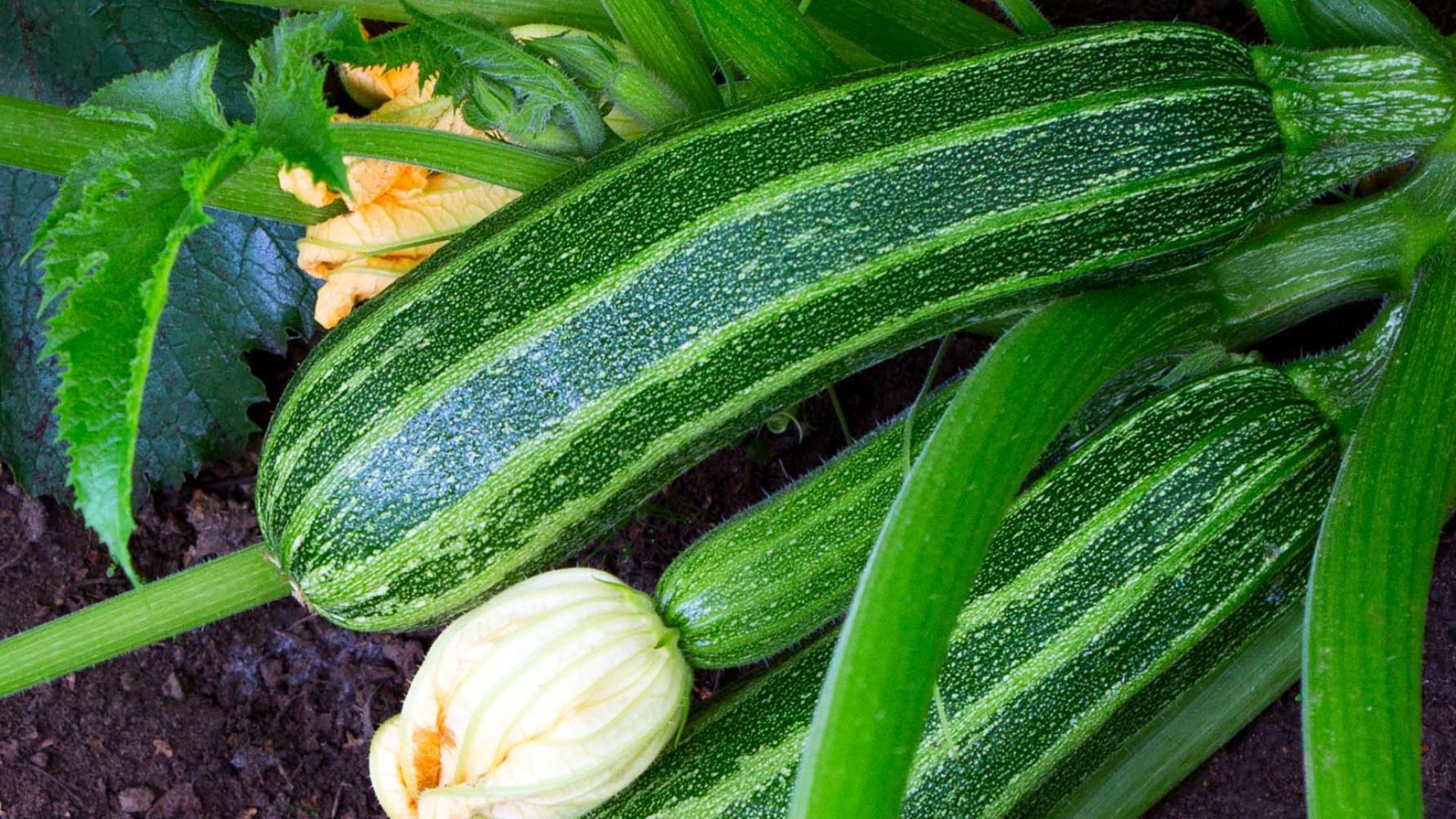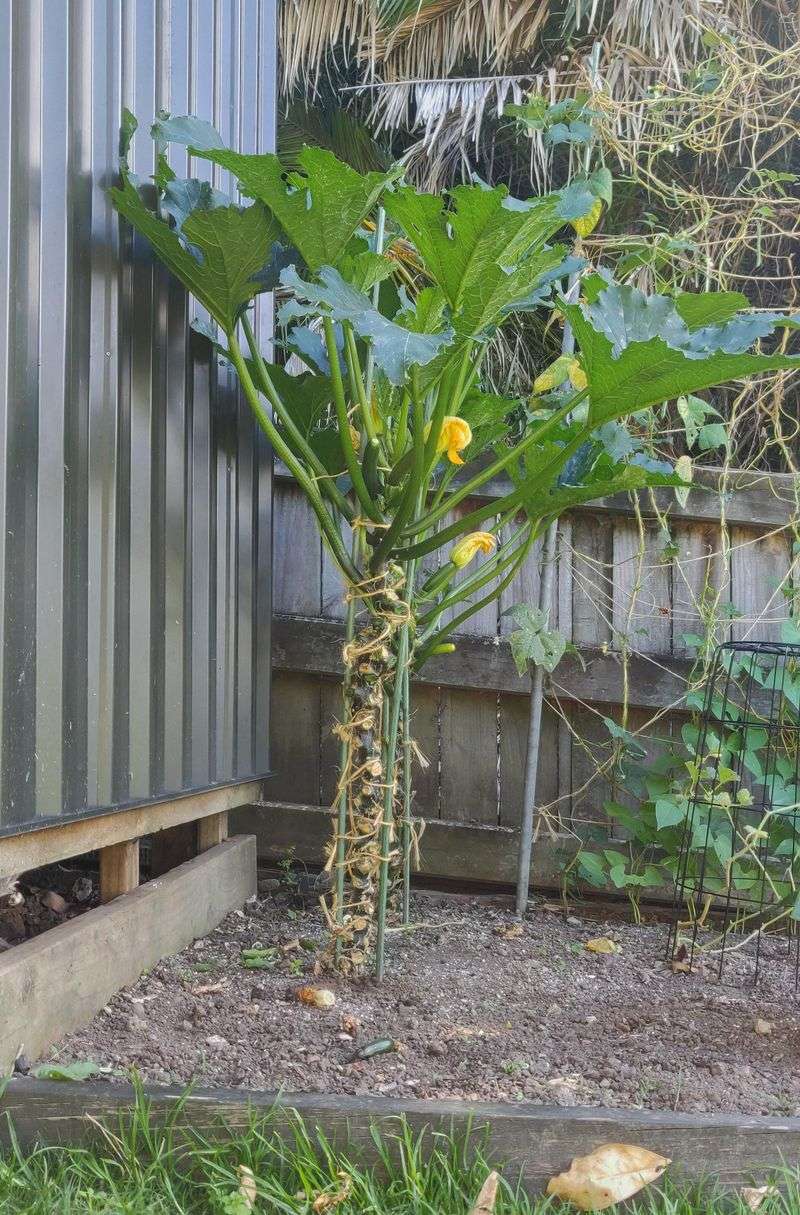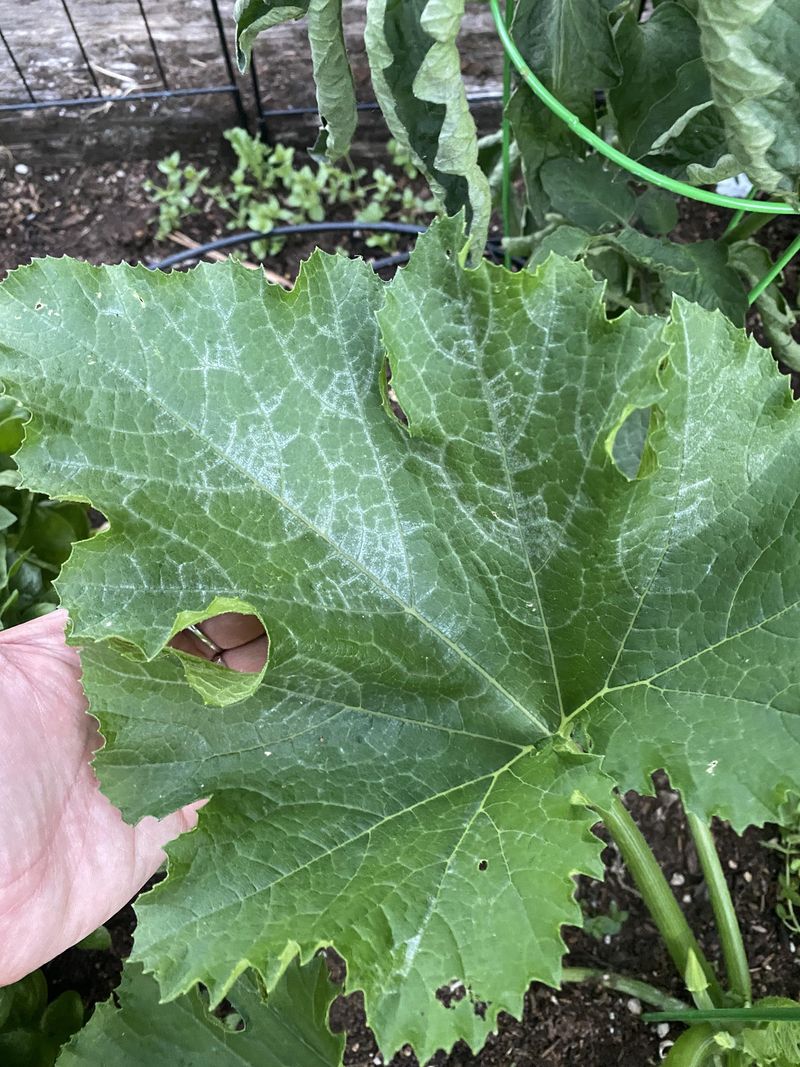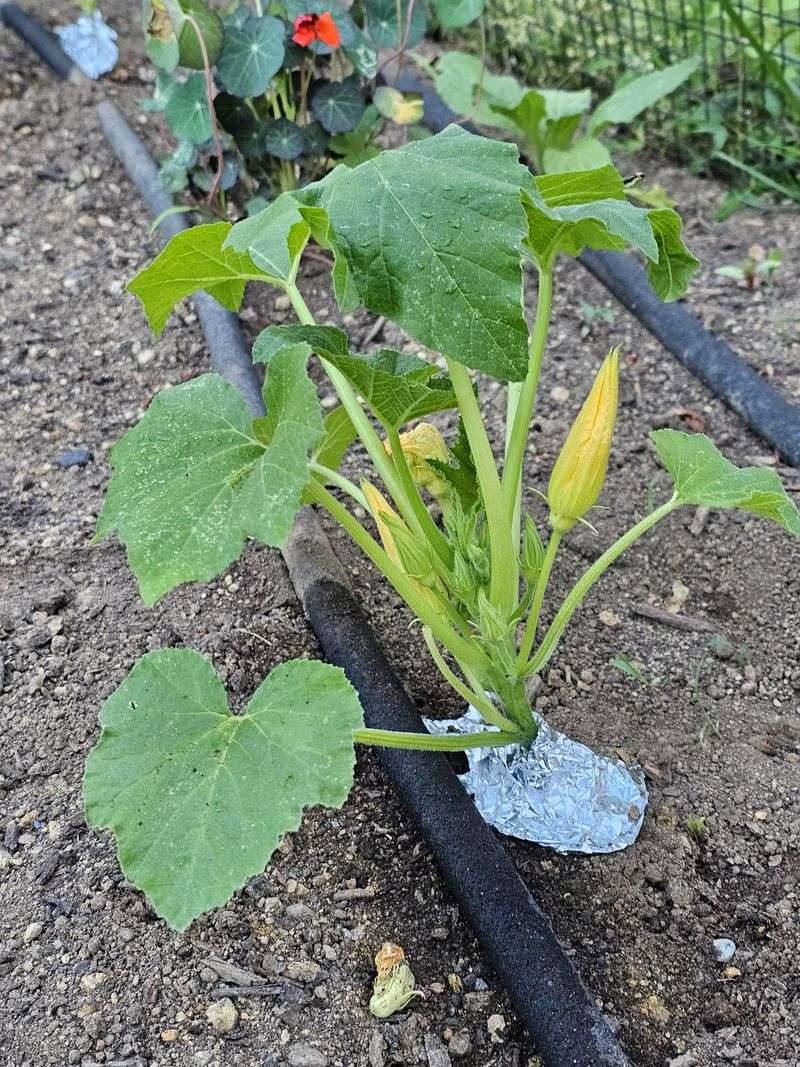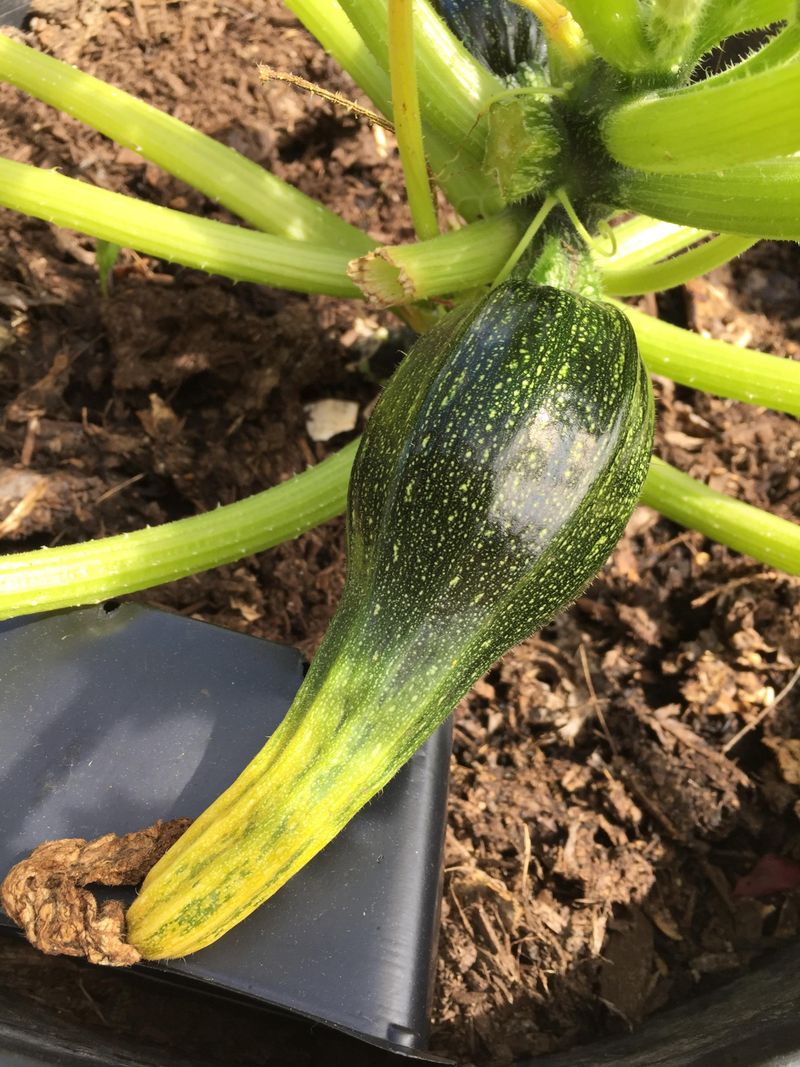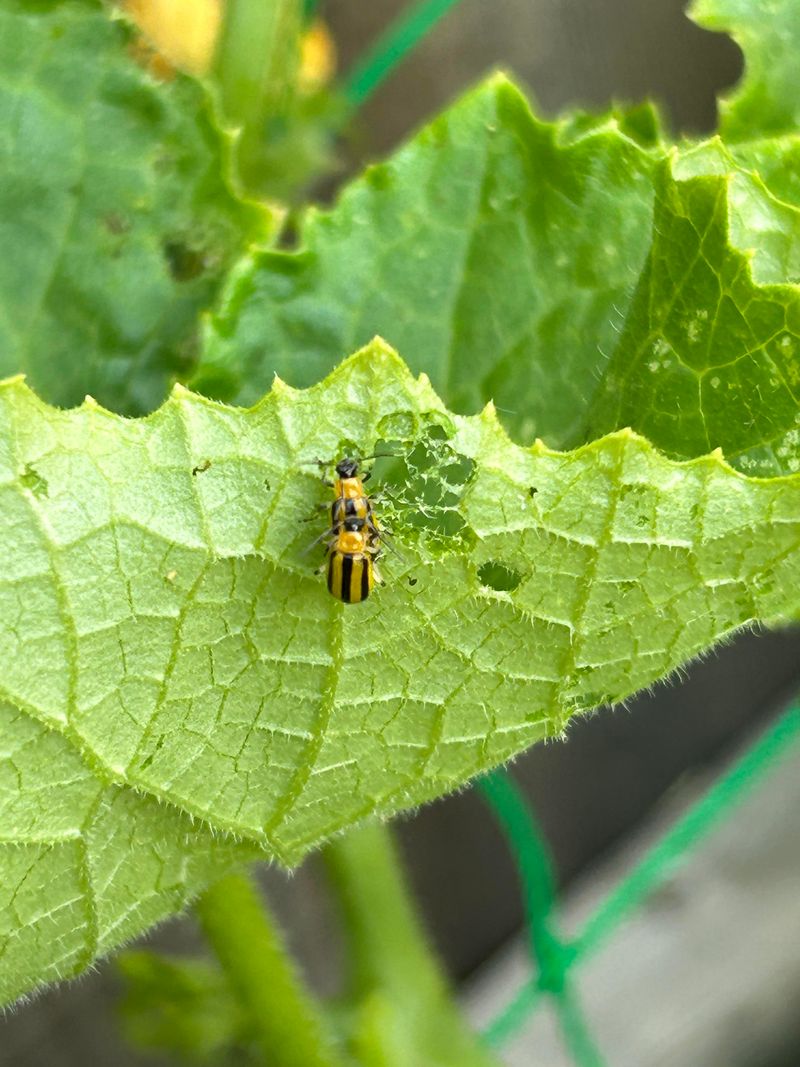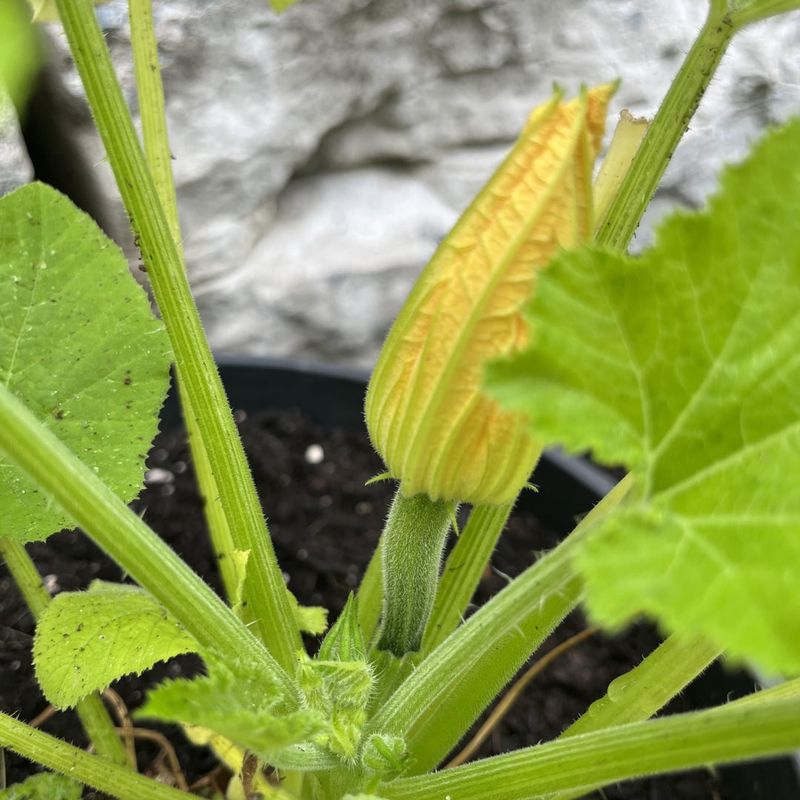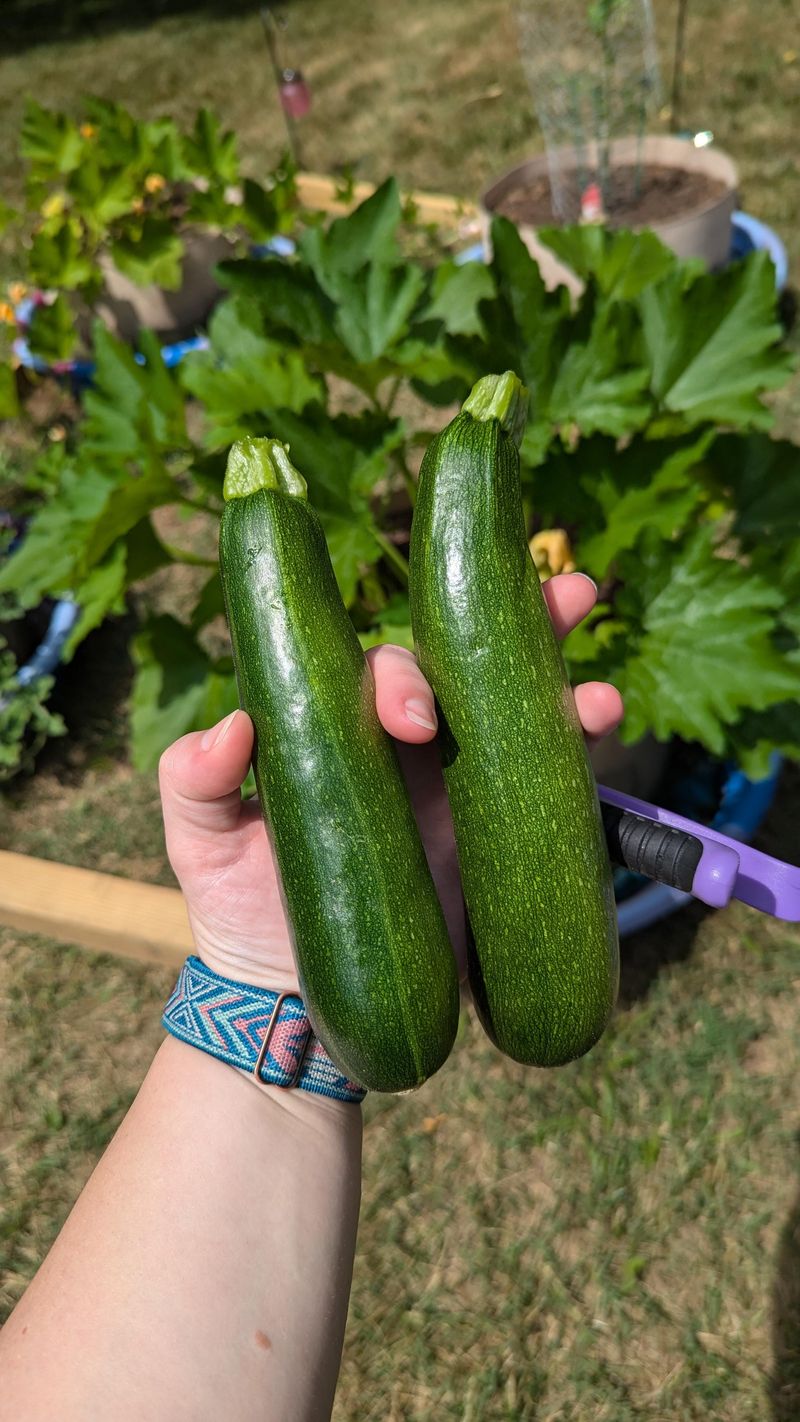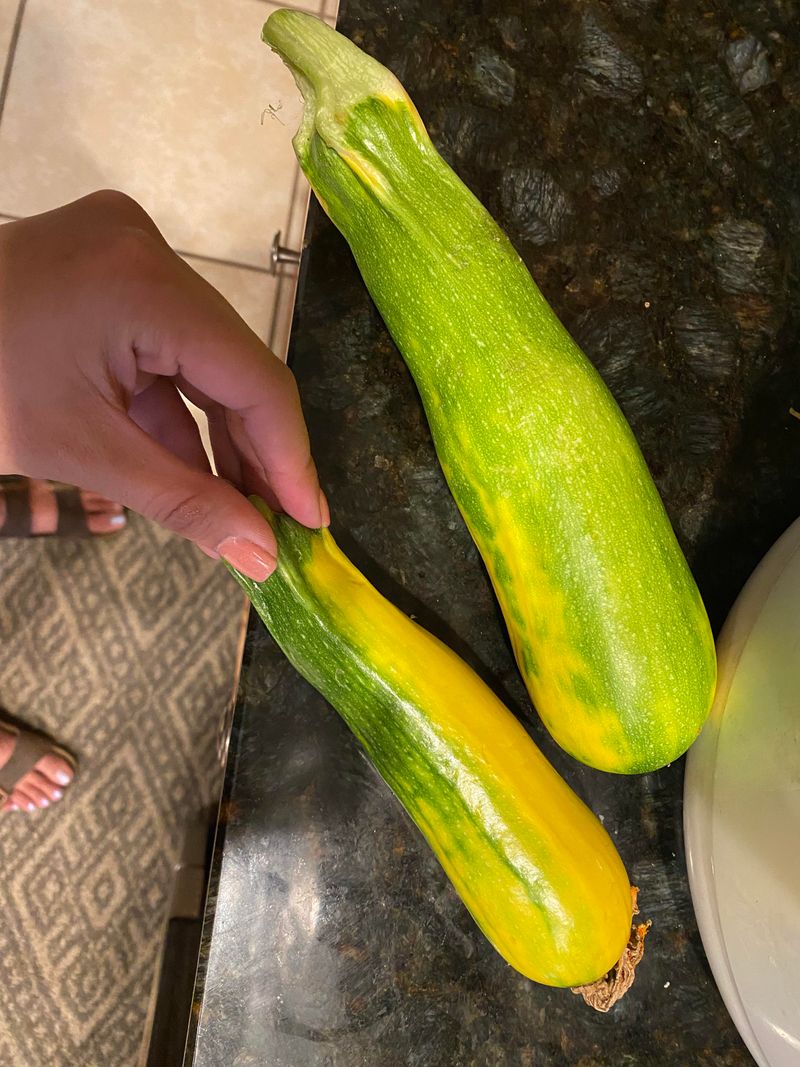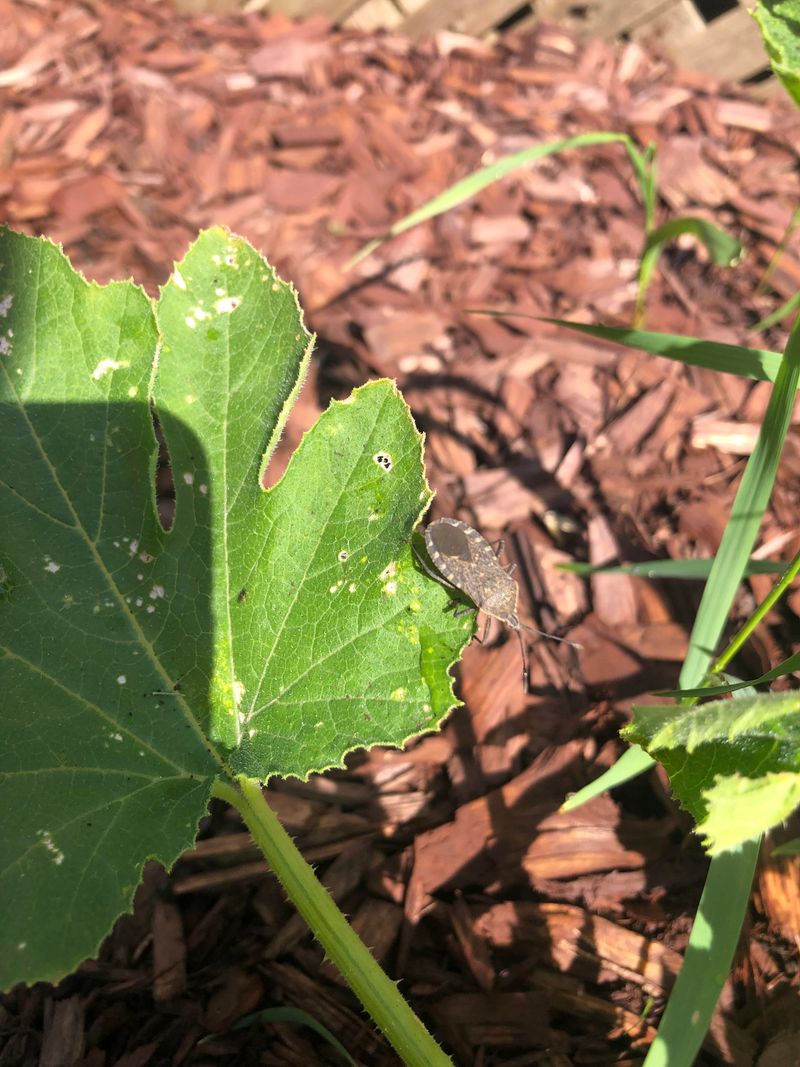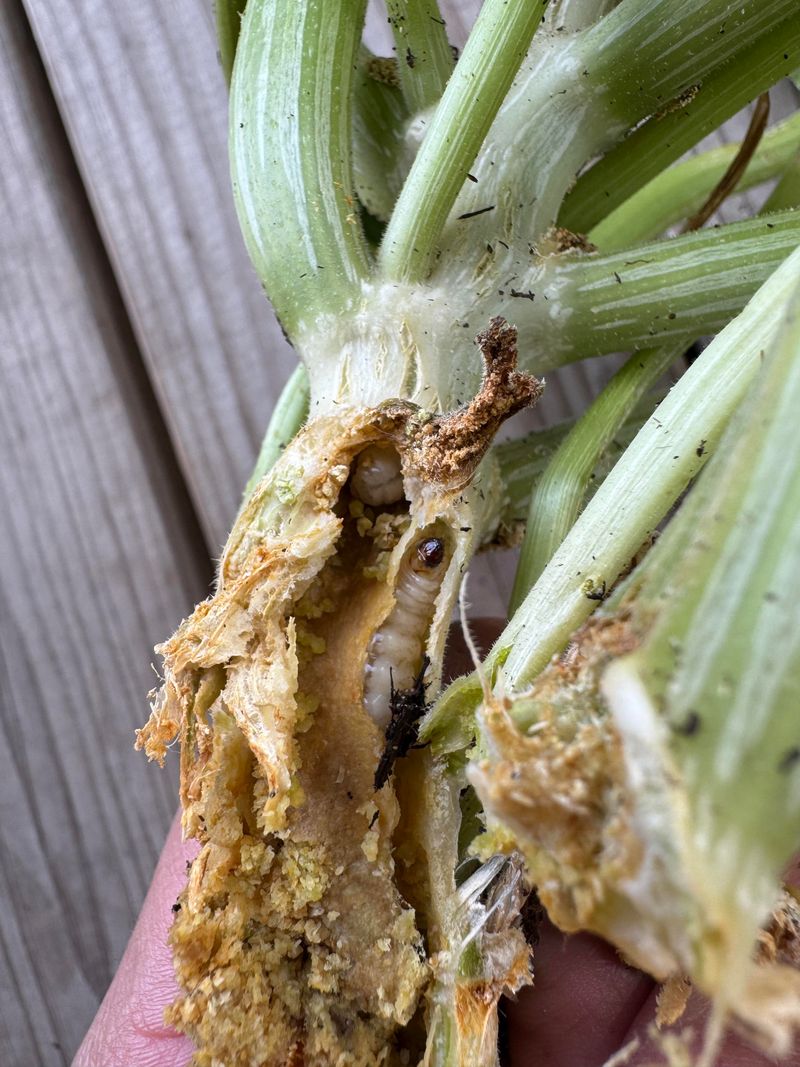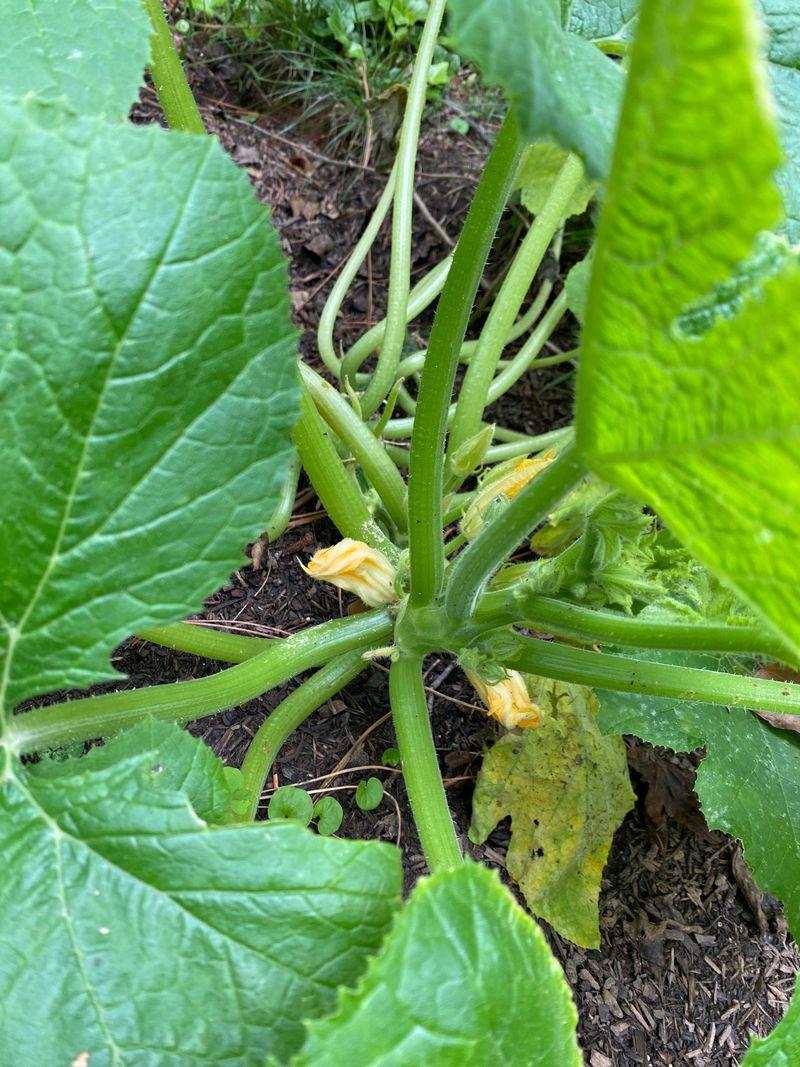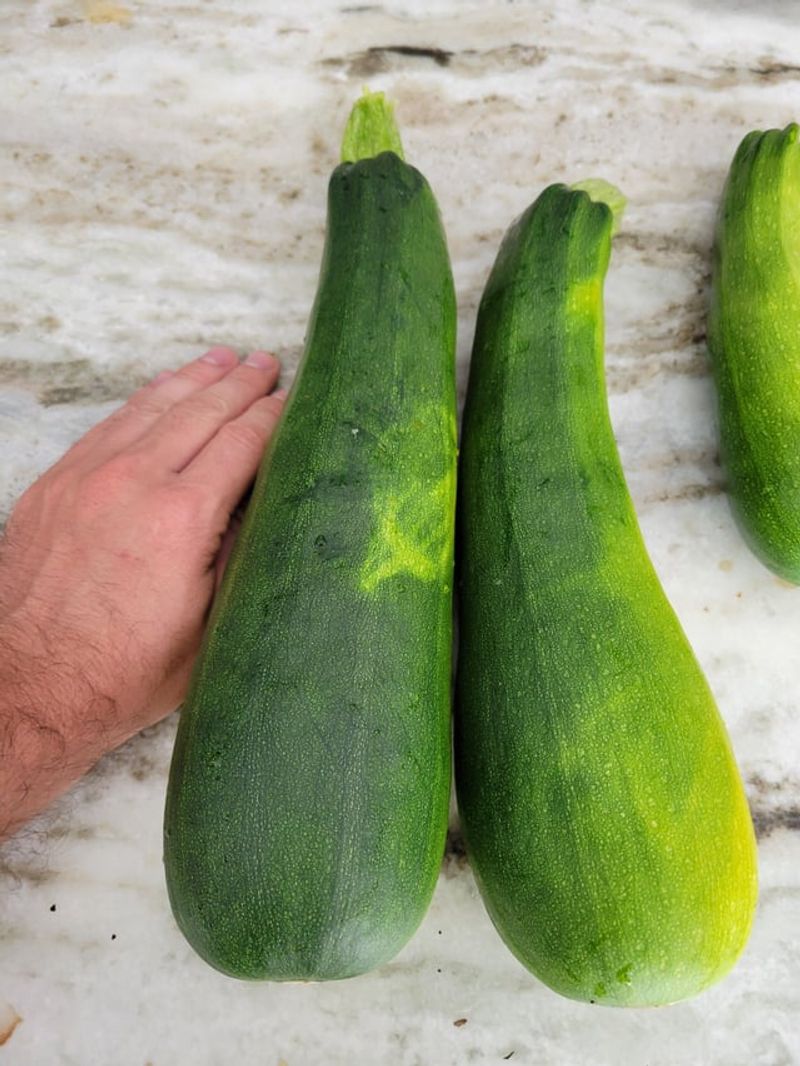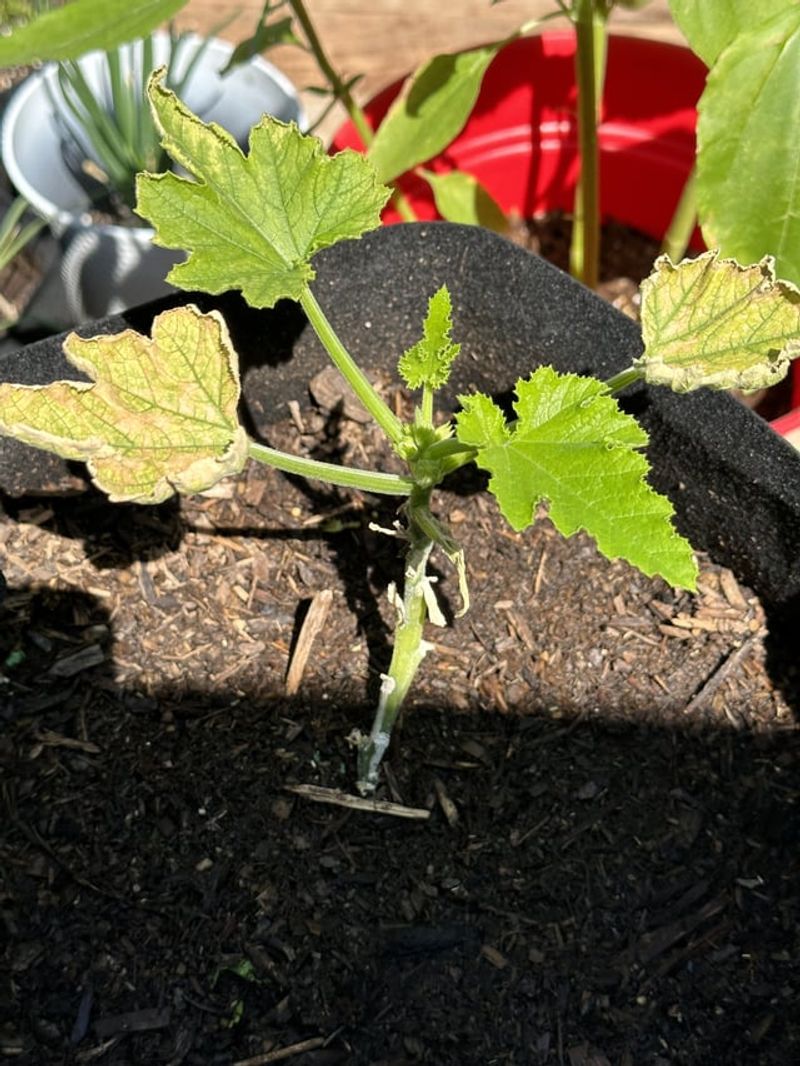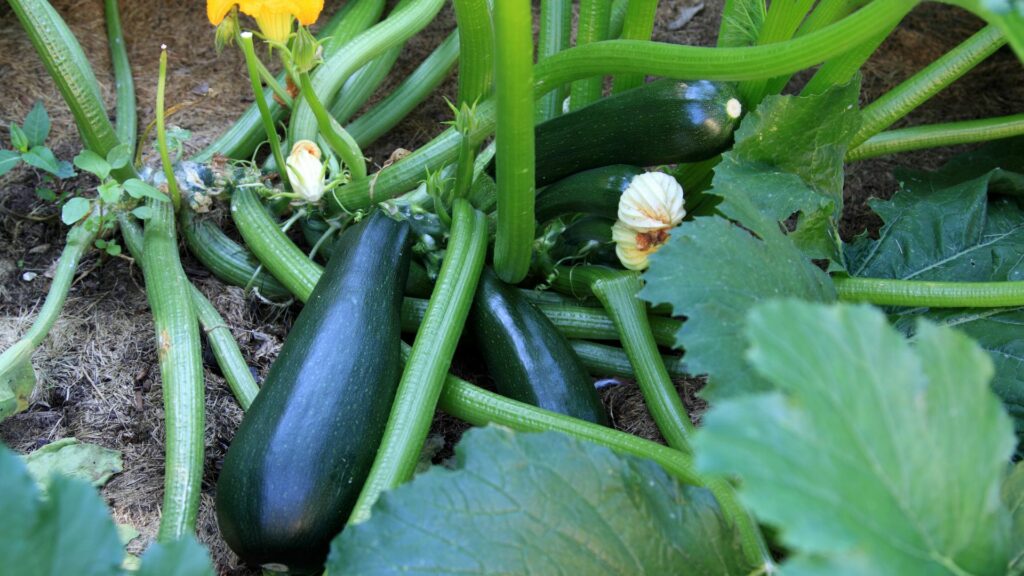Zucchini plants look like a gardener’s dream—fast-growing, productive, and easy to spot with their giant leaves. But trust me, they come with a few surprises that can quickly turn that dream into a challenge.
From taking over your garden space to attracting unwanted pests, zucchini can be a bit much if you’re not ready. I’ve been there, dealing with overcrowded beds and squash bugs crashing the party.
Here are the downsides I’ve faced and the tricks I’ve learned to keep zucchini happy without the headaches.
1. Space Hogs In The Garden
Those innocent little seedlings quickly transform into sprawling monsters that can take over your entire garden bed. A single zucchini plant needs at least 3-4 feet in every direction to thrive properly.
To avoid this garden takeover, consider growing bush varieties instead of vining types, or train vining varieties up trellises. Proper spacing from the beginning saves headaches later when plants are in full production mode.
2. Powdery Mildew Invasion
The white, powdery coating that appears on zucchini leaves isn’t just unsightly—it’s a fungal disease that can significantly reduce your harvest. Powdery mildew thrives in humid conditions with poor air circulation.
Combat this common problem by spacing plants properly and watering at the base rather than overhead. A preventative spray of diluted milk solution (1 part milk to 9 parts water) applied weekly can help keep this fungal menace at bay.
3. Squash Vine Borer Destruction
Nothing’s more heartbreaking than finding your thriving zucchini plant suddenly wilted because a moth larva has tunneled into its stem. Squash vine borers attack from the inside out, often killing plants before you realize what’s happening.
Ward off these destructive pests by covering young plants with floating row covers until flowering begins. For extra protection, wrap the lower stems with aluminum foil or nylon stockings to prevent the adult moths from laying eggs directly on vulnerable stems.
4. Blossom End Rot Disappointment
You’ve waited patiently for your zucchini to grow, only to discover dark, sunken spots on the blossom end. This calcium deficiency issue isn’t just unsightly—it makes portions of your harvest inedible.
Prevent this frustrating problem by maintaining consistent soil moisture and adding calcium-rich amendments like crushed eggshells to your soil before planting. A soil test can help determine if your garden needs additional calcium supplementation for healthy fruit development.
5. Cucumber Beetle Damage
These striped or spotted beetles might look harmless, but they’re double trouble for zucchini plants. Not only do they chew holes in leaves and flowers, but they also spread bacterial wilt disease that can kill entire plants.
Keep these beetles at bay with yellow sticky traps placed around your garden. For organic control, sprinkle diatomaceous earth around plants or apply neem oil spray weekly. Row covers early in the season can prevent initial infestations before flowering begins.
6. Pollination Problems
Seeing lots of flowers but few actual zucchinis? Poor pollination is often the culprit. Zucchini plants produce separate male and female flowers, and without proper pollinator visits, those female flowers will wither without producing fruit.
Boost your chances for successful harvests by hand-pollinating in the morning. Simply take a small paintbrush or cotton swab, collect pollen from male flowers (the ones without tiny zucchini behind them), and transfer it to the center of female flowers.
7. Overwhelming Abundance
The infamous zucchini overflow is real! A healthy plant can produce so many fruits that you’ll quickly run out of recipes and willing neighbors to take your excess harvest.
Plan ahead for this garden bounty by learning preservation methods like freezing, dehydrating, or pickling. Harvest fruits when they’re still small (6-8 inches) for the best flavor and texture. Don’t forget that zucchini blossoms are edible too—stuff and fry them for a gourmet treat!
8. Squash Bug Infestations
Unlike their vine borer cousins, squash bugs work from the outside in, sucking sap from leaves and stems until plants wither and die. Their brownish egg clusters on leaf undersides are often the first sign of trouble.
Stay vigilant by checking leaf undersides regularly and crushing any egg clusters you find. Place boards near plants as traps—squash bugs hide under them at night and can be collected and disposed of in the morning. Companion planting with nasturtiums or marigolds can help repel these persistent pests.
9. Cross-Pollination Complications
Planning to save seeds from your perfect zucchini? Think again! Zucchini readily cross-pollinates with other squash varieties, potentially creating weird hybrid seeds that won’t grow true to type next year.
If seed-saving is important, grow only one variety of summer squash or physically isolate plants by covering them and hand-pollinating. For most home gardeners, it’s easier to simply purchase new seeds each year rather than dealing with the unpredictable results of cross-pollination.
10. Bacterial Wilt Devastation
One day your zucchini looks fine; the next, it’s wilting despite adequate water. Cut a stem and see sticky sap strings between the cut edges? That’s bacterial wilt, a deadly disease spread by cucumber beetles.
Unfortunately, there’s no cure once infection sets in. Prevention is your only defense—use row covers early, control cucumber beetles, and choose resistant varieties when available. Practice crop rotation, waiting at least three years before planting squash family crops in the same location.
11. Prickly Handling Issues
Those tiny spines covering zucchini stems and leaf stalks can cause skin irritation and even painful splinters. Many gardeners develop rashes or itchiness after harvesting without proper protection.
Wear long sleeves and gloves when working with your plants to avoid this uncomfortable downside. Harvest in the morning when plants are less likely to cause irritation. Some newer varieties have been bred with fewer spines, making them easier and more comfortable to handle.
12. Heavy Feeding Requirements
Zucchini plants are notorious garden gluttons, quickly depleting soil nutrients and demanding regular feeding for continued production. Without proper nutrition, plants produce fewer fruits and become more susceptible to diseases.
Prepare beds with plenty of compost before planting and side-dress with balanced organic fertilizer monthly during the growing season. A layer of compost tea or fish emulsion every few weeks provides the nutrients these heavy feeders need to maintain their impressive production rates.
13. Frost Sensitivity Challenges
Unlike some cool-weather crops, zucchini plants are complete wimps when it comes to cold temperatures. Even a light frost will kill them instantly, ending your harvest season.
Extend your growing season by starting seeds indoors 3-4 weeks before your last frost date. For fall protection, keep row covers or old sheets handy to drape over plants when frost threatens. Some gardeners use water-filled protection devices like Wall O’ Water to create mini-greenhouses around young plants.
14. Bitter Fruit Problems
Occasionally, zucchini develops an unpleasant bitter taste that makes it inedible. This bitterness comes from compounds called cucurbitacins, which increase with plant stress or certain growing conditions.
Avoid bitter fruits by maintaining consistent watering practices and harvesting while fruits are still young and tender. If you taste bitterness in one fruit, don’t consume others from the same plant—extremely bitter zucchini can actually cause food poisoning due to high concentrations of these natural compounds.
15. Water Demand Dilemmas
Those big leaves lose moisture quickly, making zucchini plants surprisingly thirsty garden residents. Inconsistent watering leads to poor fruit development, blossom drop, and increased susceptibility to various problems.
Set up a consistent watering schedule, aiming for 1-2 inches weekly delivered directly to the soil, not the leaves. Mulching with straw or compost helps retain soil moisture and reduces watering frequency while suppressing weeds that compete for available water.
16. Vertical Growing Challenges
While trellising zucchini saves space, it creates its own set of problems. Fruits growing vertically often develop curved shapes, and heavy fruits may break from vines before reaching harvest size.
Support vertical fruits with stretchy material like old pantyhose fashioned into slings as they develop. Choose smaller-fruited varieties specifically bred for vertical growing when using trellises. Bush varieties generally perform better in containers than vining types that need extensive trellising.
17. Hidden Zucchini Surprises
Zucchini grows fast—so fast, in fact, that you’ll often miss one or two under the dense foliage. A single overlooked zucchini can quickly balloon in size, becoming tough-skinned and drawing energy away from new growth.
Check plants daily during peak season and gently lift the leaves to spot hidden zucchinis. Frequent harvesting encourages steady production and helps prevent those oversized monsters you’re not sure how to use.
18. Susceptibility To Root Rot
Zucchini roots hate sitting in soggy soil, and poor drainage often leads to root rot—a silent killer that causes stunted growth, yellowing leaves, and eventual plant collapse.
Prevent this by planting zucchini in raised beds or mounded rows, especially if your soil is heavy or clay-based. Make sure containers have proper drainage holes and avoid overwatering, especially during cooler or rainy periods.

